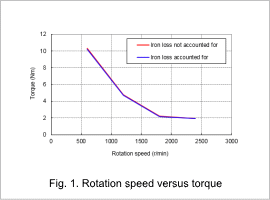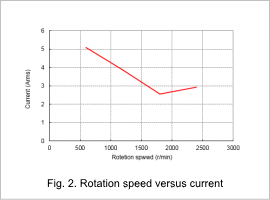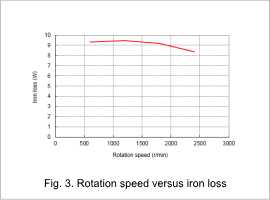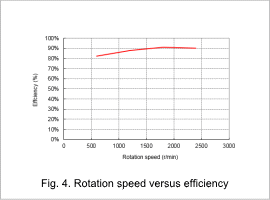Overview
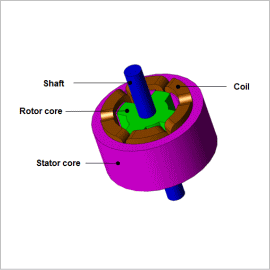
SR motors sometimes drive while changing switch timing in accordance with rotation speed so it is useful to understand properties such as torque, current and iron loss in accordance with revolution speed.
This example presents how to confirm drive characteristics such as torque, loss, and efficiency in a motor when its switch timing changes for each rotation speed.
Drive Characteristics
The average torque, current, iron loss and efficiency with altered rotation speed and excitation specifications are shown in figures 1 through 4.
From fig. 1 we understand that whether iron loss is taken into account or not, there is almost no effect on torque. This is because the ratio of iron loss to output is small. From fig. 2 we understand that current does not drop gradually in relation to rotation speed. We understand that this is because switch timing has been changed in accordance with rotation speed, and switch timing exerts a large influence on its characteristics. In addition, we understand from fig. 4 that as rotation speed increases, efficiency rises and peaks at around 90%.
